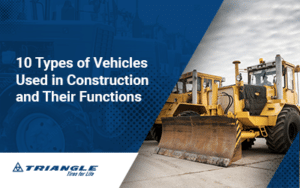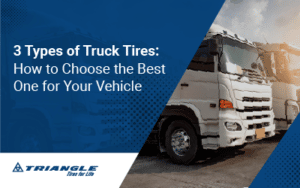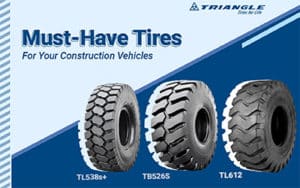Radial Tires
Radial tires are the most common type of tire used on modern vehicles. Their steel plies run at a 90-degree angle to the tread, improving ride comfort, grip, and tread life. This design suits powerful or professional vehicles with durable chassis for better performance.
Pros of Radial Tires:
- Have a good grip on the ground, especially when making sharp turns or corners
- Runs comfortably at high speeds because of flexible sidewalls
- Steel cables or plies provide tougher construction and higher puncture resistance
- Radial tire contact area is more evenly distributed
- Uniform ground contact provides uniform tread wear and tear
- Wider tire print of these tires keeps the vehicle stable and cushions against rough terrain
Cons of Radial Tyres:
- Steel belt construction may affect the ride quality adversely
- Curb impacts can cause sidewall damage
- Harder tread increases tire noise
Nylon or Bias-ply Tires
In nylon or bias-ply tires, the nylon plies run at 30 to 45-degree angles (diagonally-oriented) within the tread line. These tires’ multiple, overlapping nylon plies connect the sidewall and tread. The rigid internal construction causes less contact with the ground and may result in overheating. They are suitable for driving at moderate speeds and vehicles with small or medium-sized engines. Heavy-load motorbikes are compatible with this type of tire.
Pros of Bias-ply Tires:
- Tougher sidewalls due to the criss-cross construction
- Smoother ride on rough surfaces
- Less expensive than radial tires
- More capable of withstanding heavy loads because of sidewalls’ rigidity
Cons of Bias-ply Tyres:
- Tread wears faster and more unevenly due to higher traction
- High rolling resistance can affect fuel economy
- Roll-over effect can cause loss of traction while cornering
- Longer tire print can cause the tire profile to deform at high speeds
Yes, the price can be the stark difference between radial tires and nylon or bias-ply tires, but you now know that it is more than that. Their differences lie in their make and construction. So it is worth understanding that the differences between radial tires and nylon or bias-ply tires exist because they are both differently suited for different occasions and individual situations.


